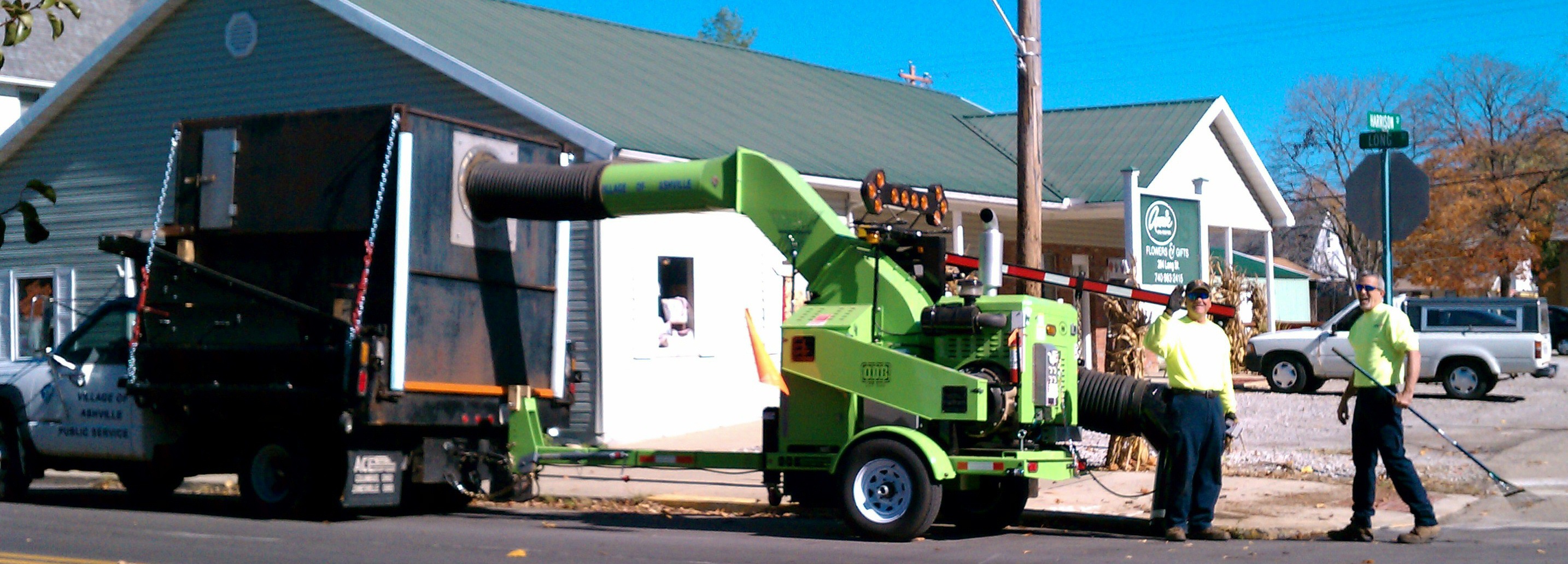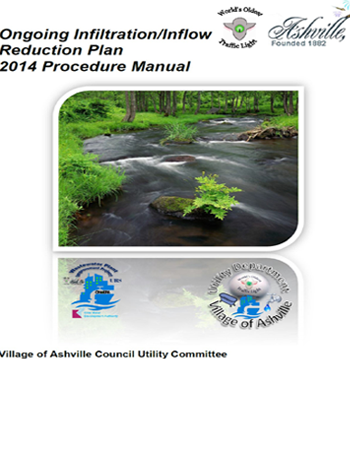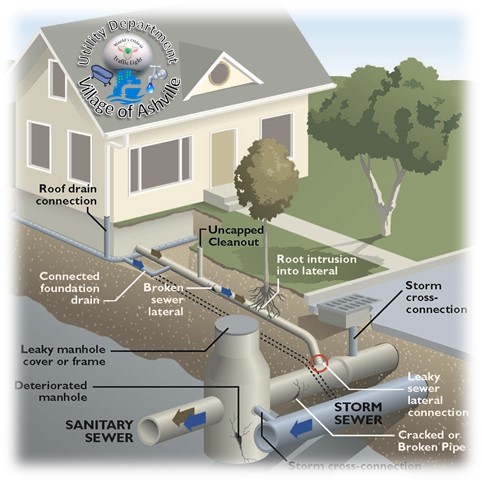Out in the Field - Finding and Fixing I&I
How do you find I & I?
I & I is a result of groundwater or stormwater that flows into the sanitary sewer system due to leaky sewer lines or manholes or from situations where storm water can flow into the sanitary sewer system through direct connections, such as catch basins or roof drain connections. While there are two general approaches to finding and dealing with I & I, there are a variety of methods to determine if and where the problems are located.
Proactive Detection - Sewer System Evaluation Surveys (SSES)
Several sewer system tests can be used to examine the condition of individual sewers and identify I & I sources. These proactive detection tests are called sewer system evaluation surveys. A few of these tests include:
Smoke Testing portions of the sanitary sewer pipes involves pumping smoke through sanitary sewers from utility holes in streets or within public easements and observing and documenting where smoke exits. Depending on the specific circumstances, the exiting smoke can indicate the location of a broken pipe, manhole, catch basin, or where roof or foundation drains might be connected to the sewer system, indicating where I & I inflow might enter the sanitary sewer system.
Dye Testing: By using a fluorizine dye, inappropriate connections can be determined. For instance, if a dye is introduced to a catch basin and the dye is then observed in the sanitary sewer downstream from that point, the evidence would indicate that that catch basin is directly connected to the sanitary sewer system.
TV Inspection: Recording conditions using a TV camera within the pipes. Closed Circuit TV (CCTV) cameras have been developed that can be slid down sanitary sewer lines and record a "movie picture" of the conditions that are found in that section of sewer. This can identify breaks, root intrusion, leaking water (especially infiltration from groundwater), and general deteriorating conditions. Estimates can be made for how much infiltration might occur from such leaks.
Flow Monitoring: Open channel flow monitors are used to gather sewer hydraulic information and are installed in manhole locations. Flow metering of the system provides the technical framework upon which a successful I & I program is built. This program will verifying the size and location of local collection systems, modeling and mini-basin configuration, flow meter location approval, traffic control and safety plans, permitting, and fieldwork scheduling.
Rainfall Monitoring: The accurate measurement and reporting of rainfall quantities is necessary to provide a credible basis for the flow data. The team will utilize the rainfall data collected from rain gauges located throughout Ashville. The collected rain gauge data will be input and utilized to generate accurate rainfall quantities in the I & I control program area.
Passive Detection: Finding I & I through passive detection methods is a process of observing and noting where sewer flow problems occur. A prime indicator of I & I problems can be identifying where sewage flow backs up in the sewer system. Such backups can occur at sewage treatment facilities or in homes or businesses through drains, toilets or sinks, because a surcharge occurs in the sanitary sewer line. A surcharge is where sewage flows full in a sewage pipe and creates a pressure condition inside the pipe. This situation can force water back upstream, including up sewer lines and out openings in homes and businesses. Sewage flows can also back up and fill manholes to overflowing, resulting in untreated sewage flows being released to the environment causing potential environmental and public health concerns. The I & I Control Program is intended to reduce the incidence of this occurring.
Ashville is designing an I & I program to: meter and identify I & I in the overall system; determine cost effective I & I options & removal methods; and ultimately design a long-term control program for I & I.
 ssssfklsdjfk
ssssfklsdjfk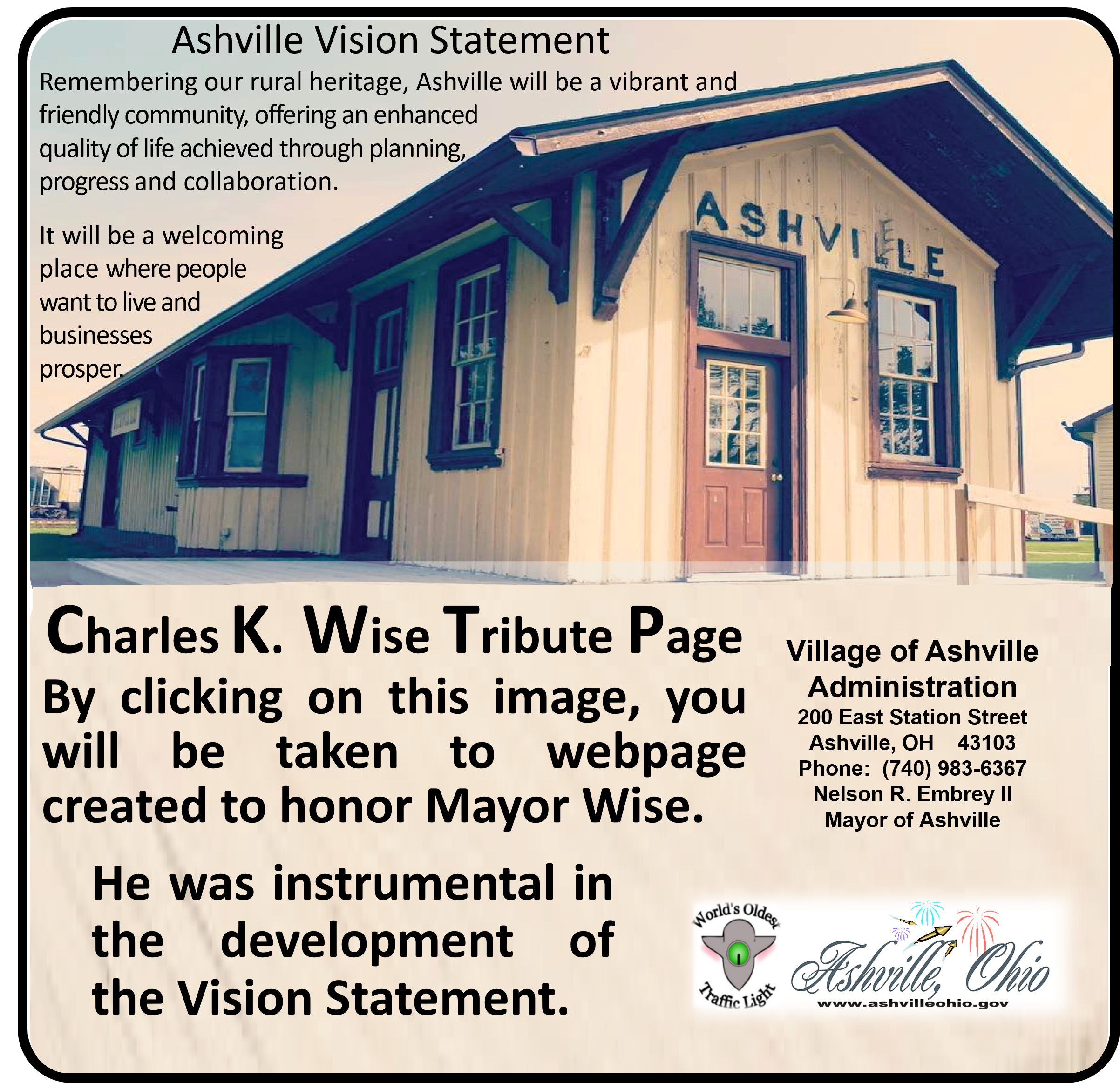

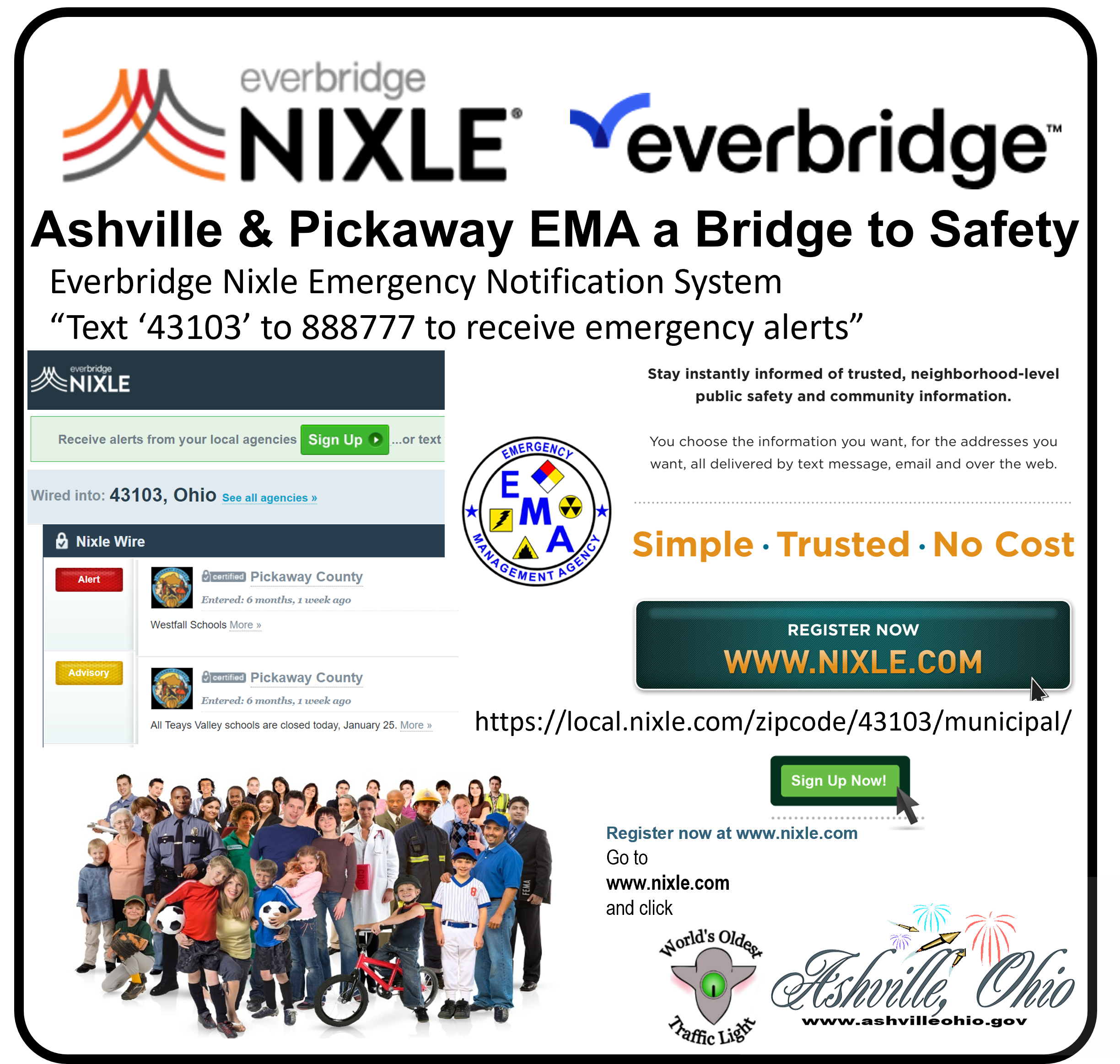
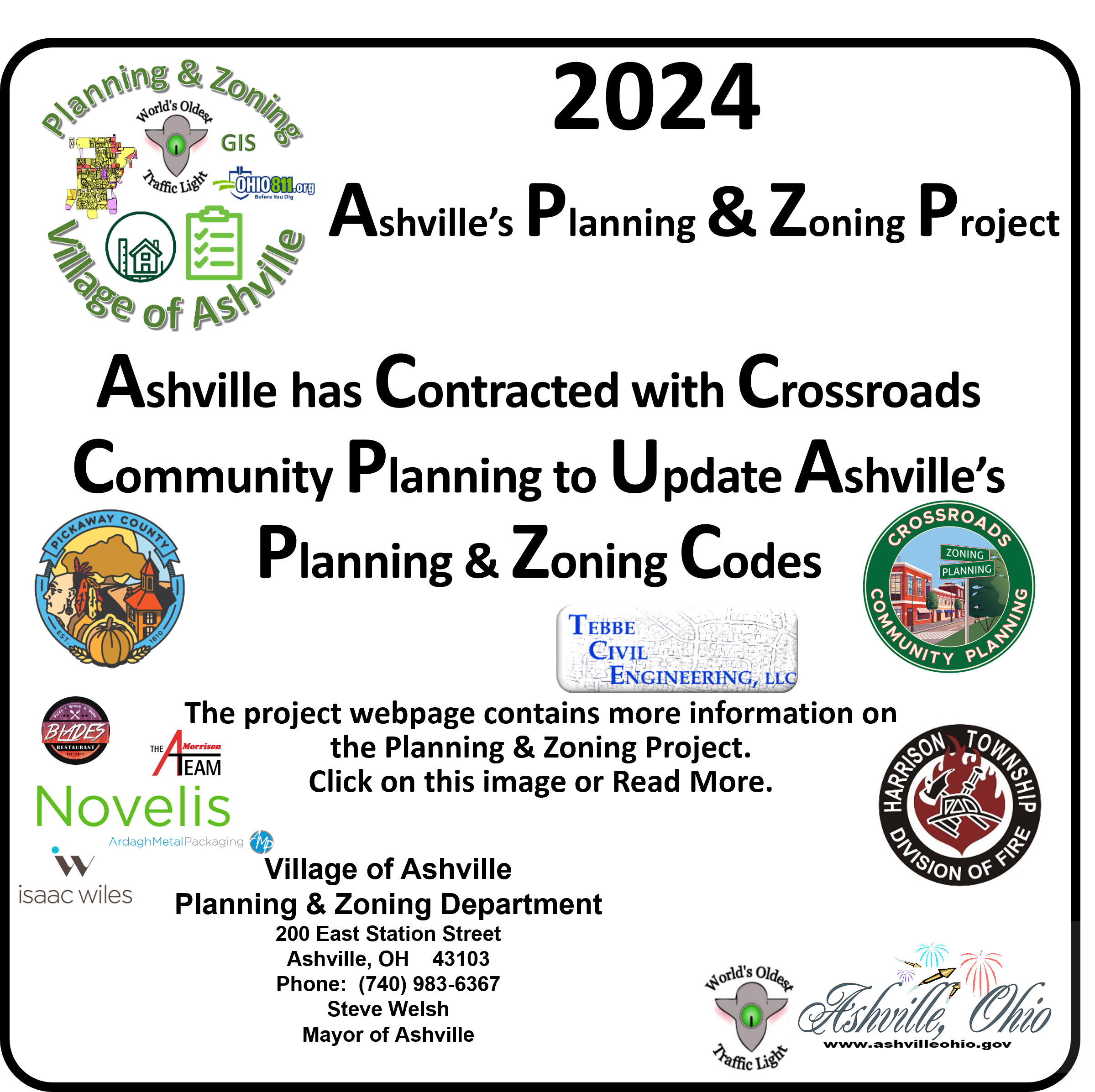

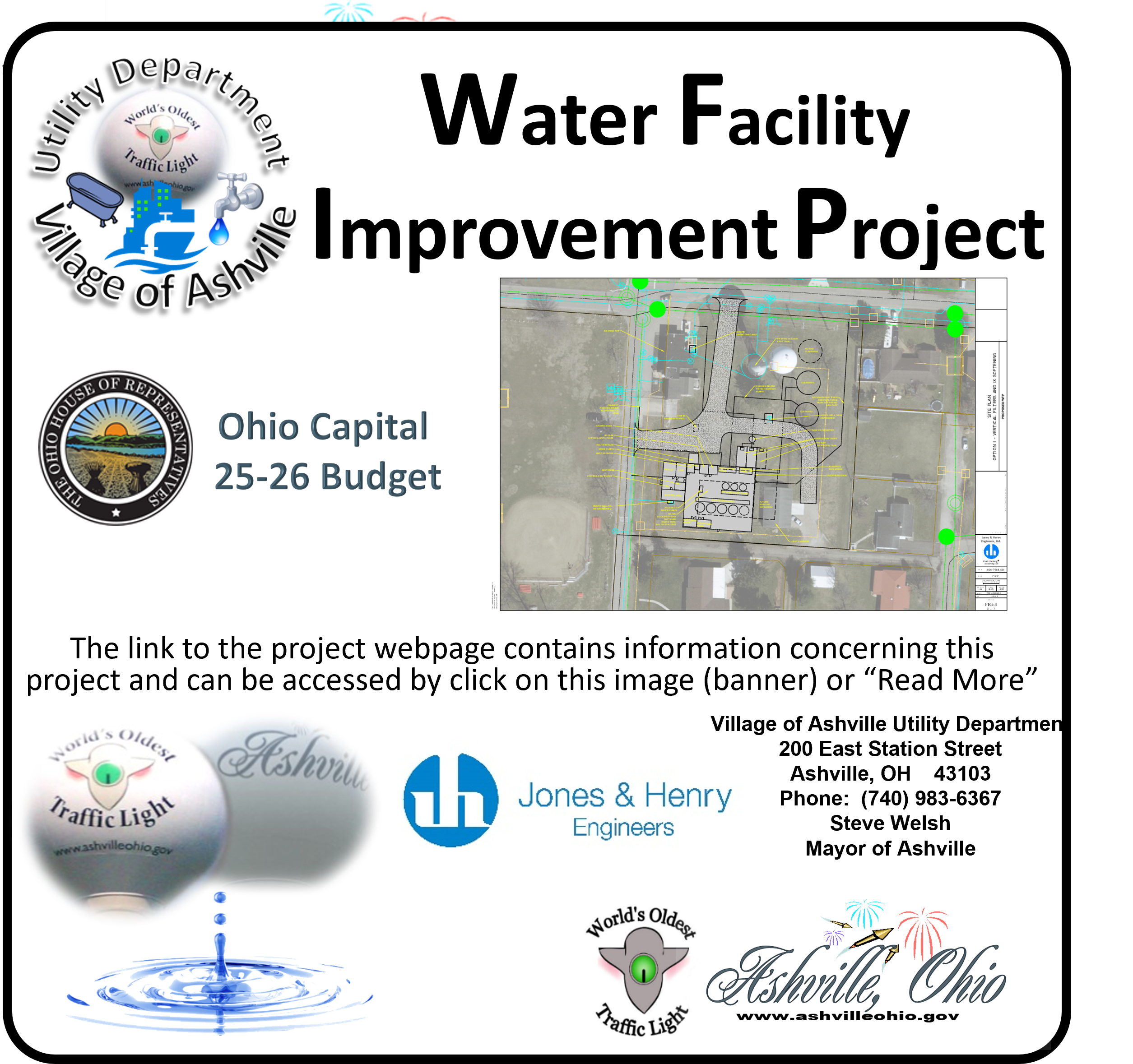
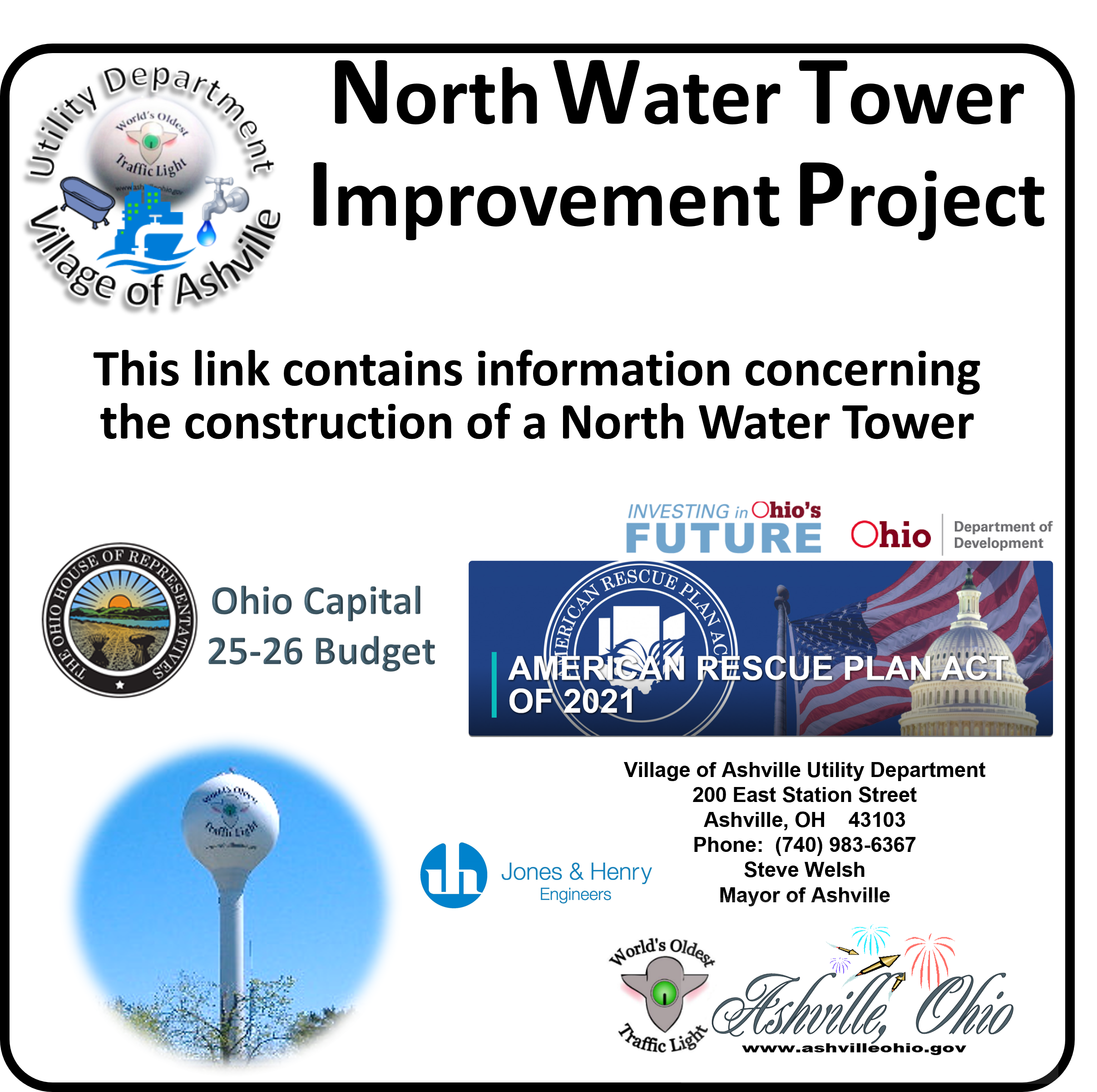

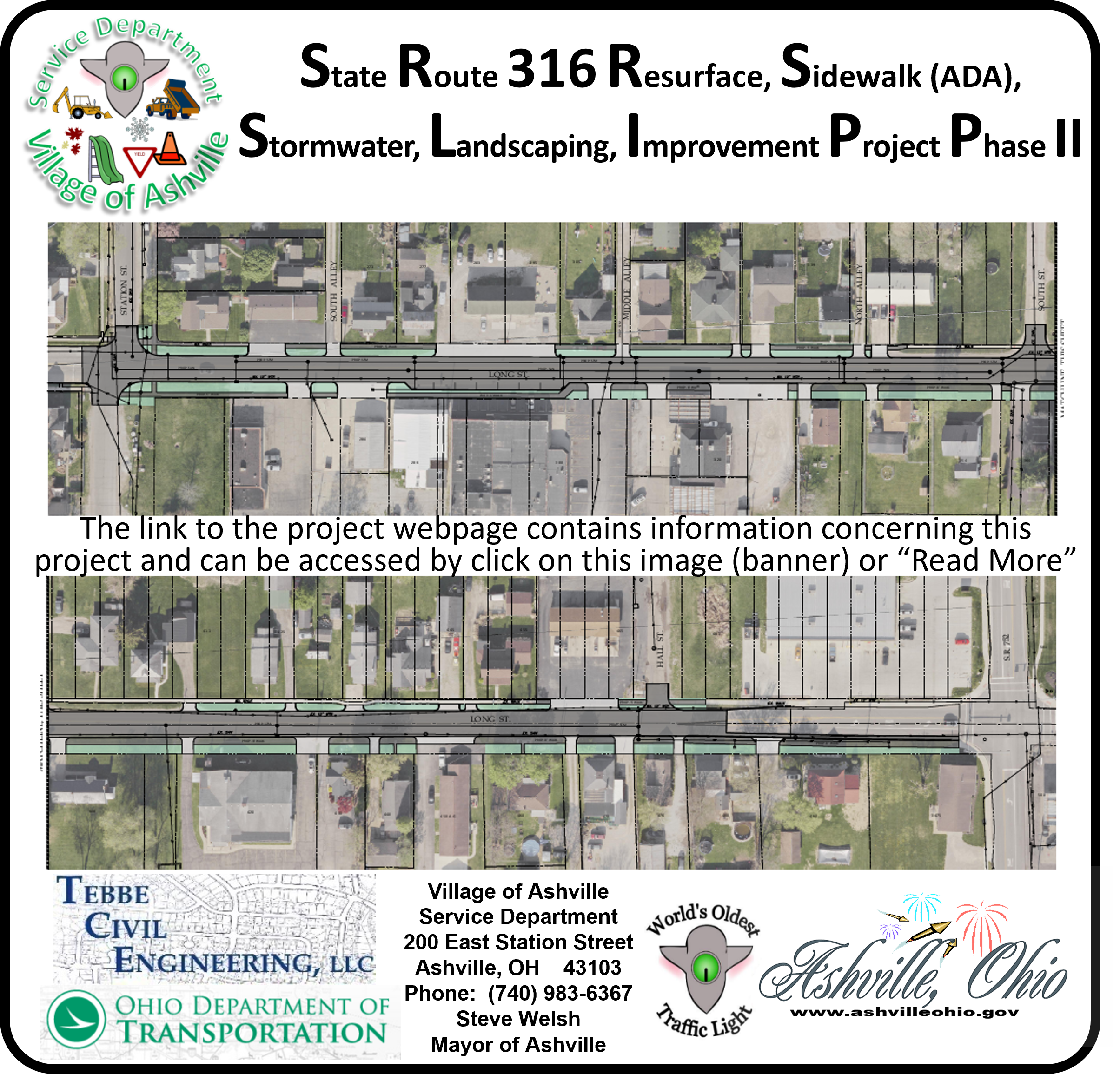
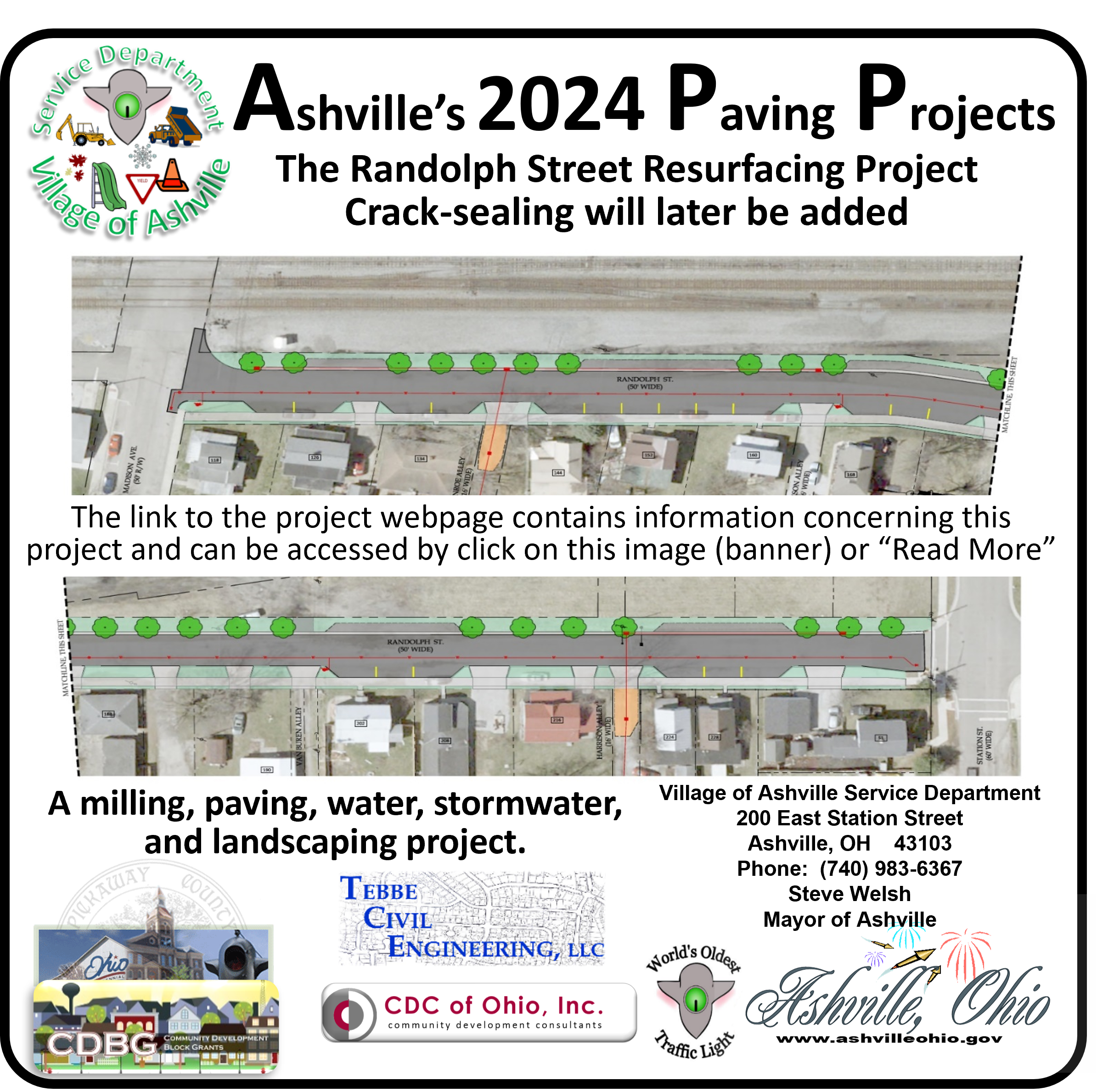



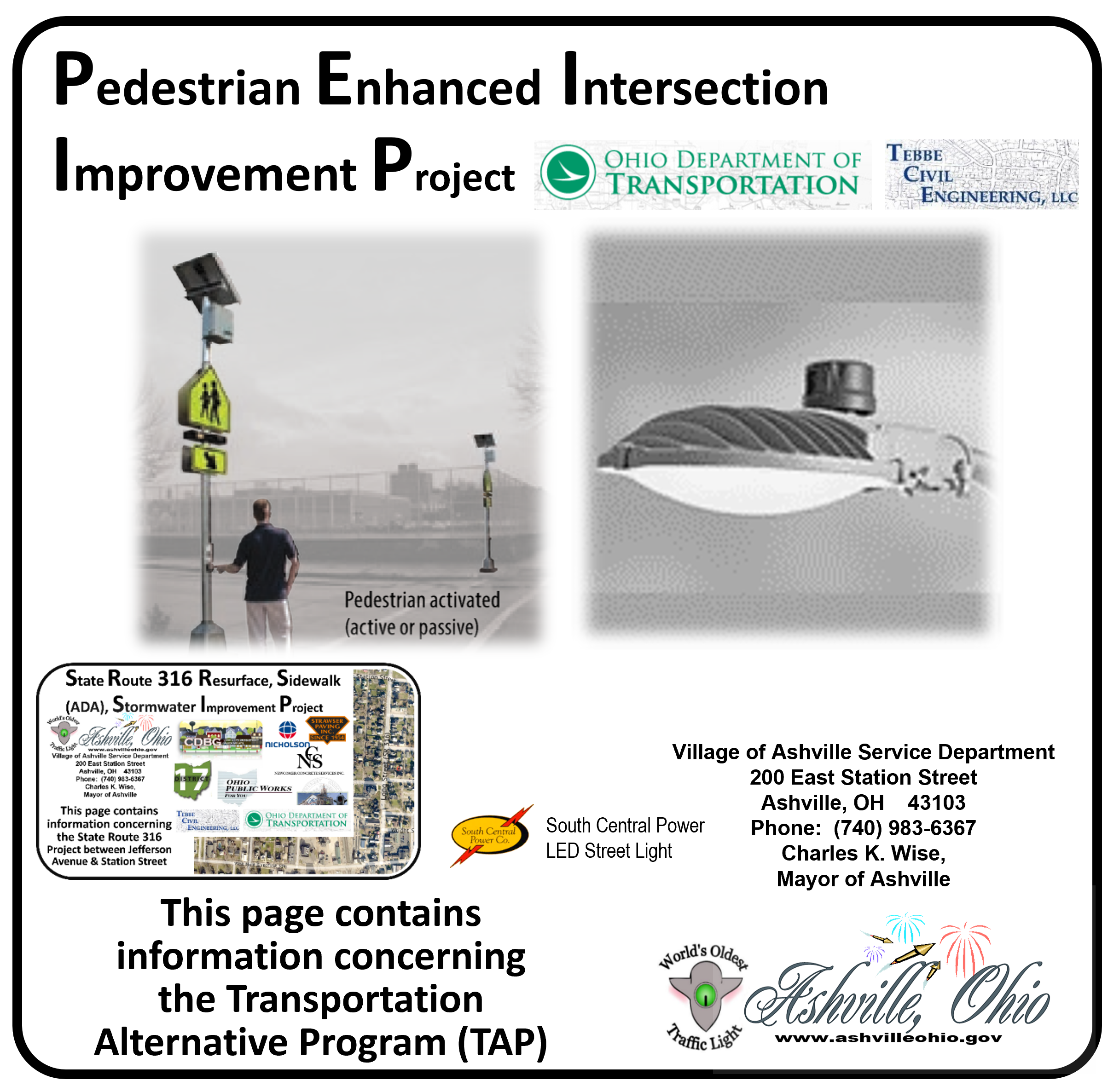
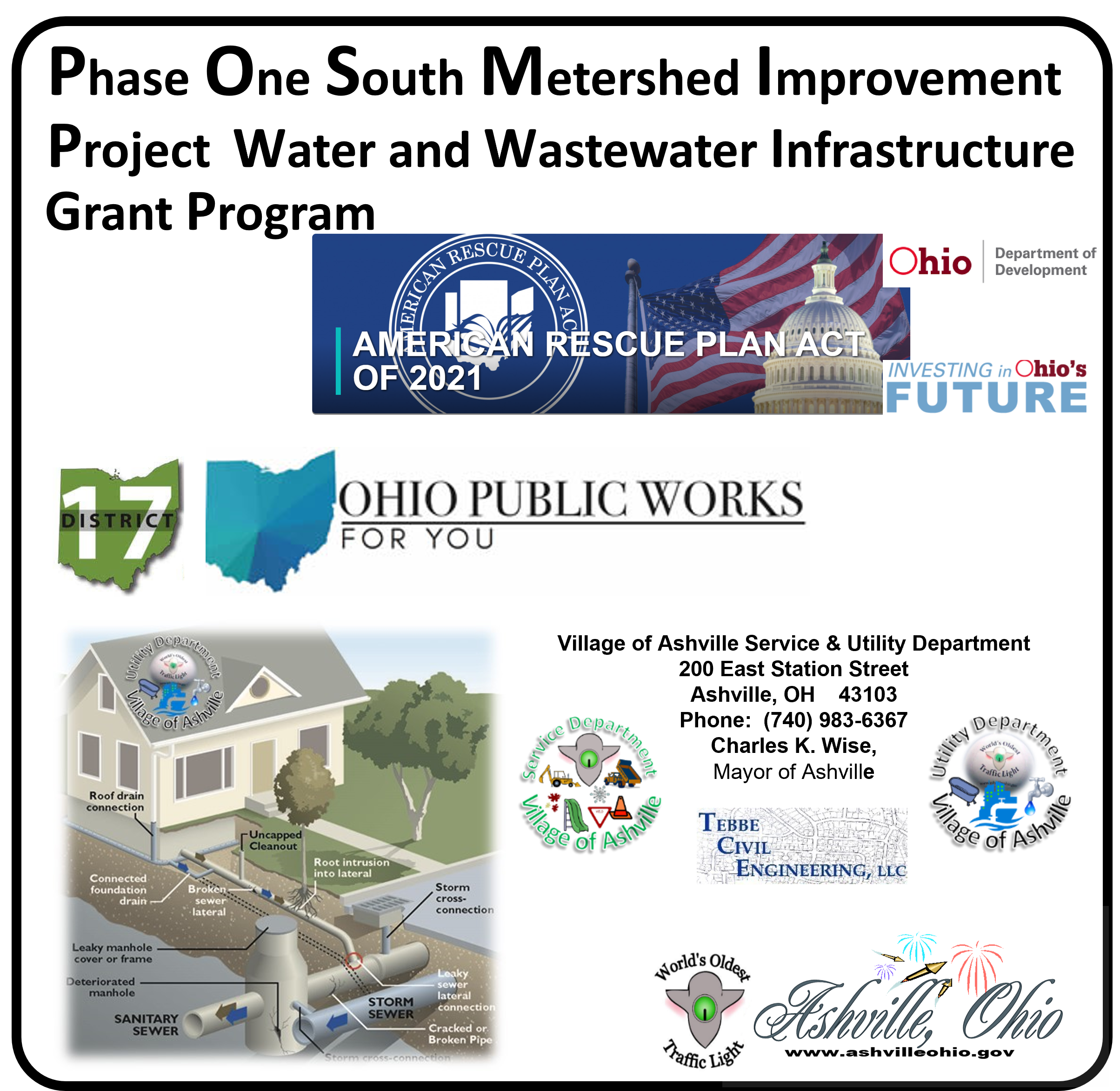


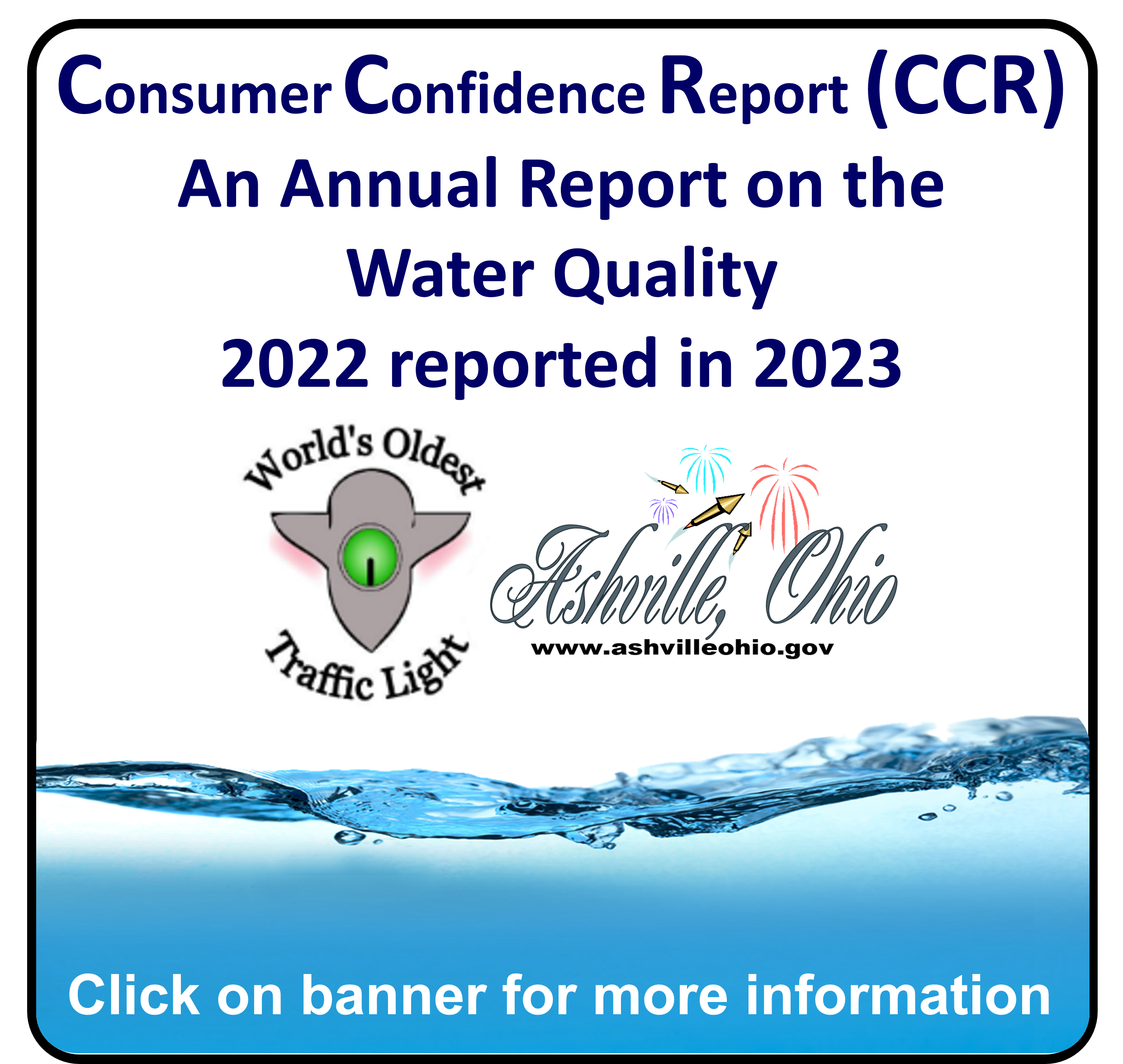


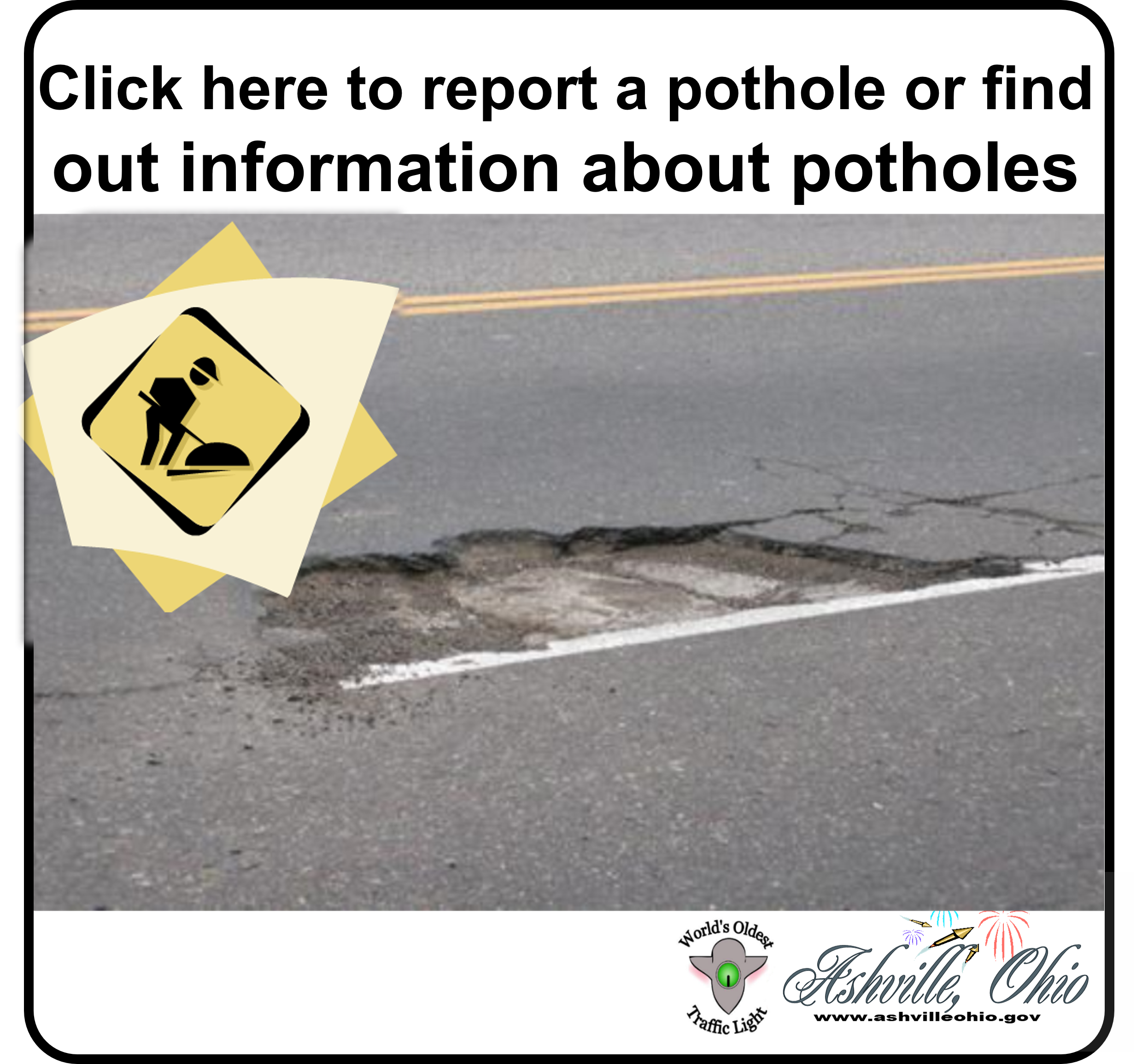
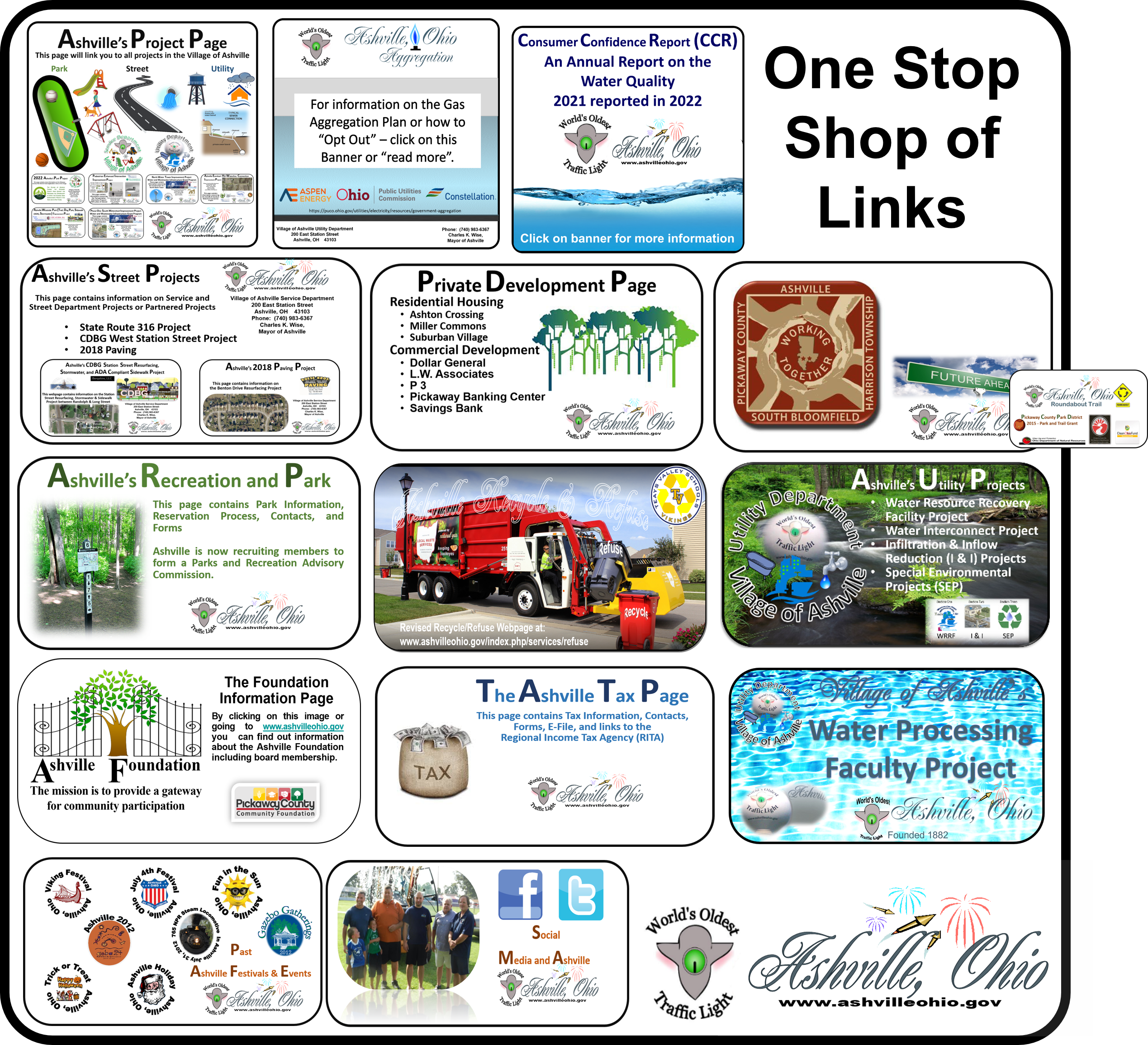


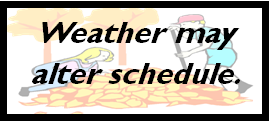 up—we use the ten (10) “foot rule” to prevent damage.
up—we use the ten (10) “foot rule” to prevent damage.